Opinions on Landscaping Plan? (Texas)
blissful_in_tx
16 years ago
Related Stories

DECORATING GUIDESNo Neutral Ground? Why the Color Camps Are So Opinionated
Can't we all just get along when it comes to color versus neutrals?
Full Story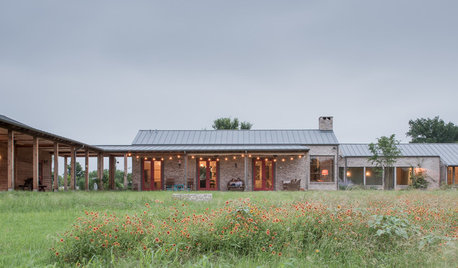
RANCH HOMESHouzz TV: An 1880s Texas Fort Influences a New Forever Home
See how this just-built Texas ranch home captures the look of history
Full Story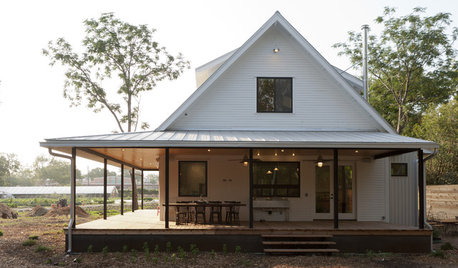
HOUZZ TOURSHouzz Tour: A New Texas Farmhouse Pulls a Neat Trick
Fresh from the drawing board, this home for organic farmers in Austin looks remodeled and expanded over time
Full Story
ARCHITECTUREHouzz Tour: A Most Unusual Trailer in Texas
With an air-conditioned bathroom, screened porches and a sleeping loft, this riverside trailer site has it all
Full Story
HOUZZ TOURSHouzz Tour: Unplugging From High Tech in a Texas Farmhouse
This simply styled home gives an Austin family all the warmth of comfort food and all the amenities of modern times
Full Story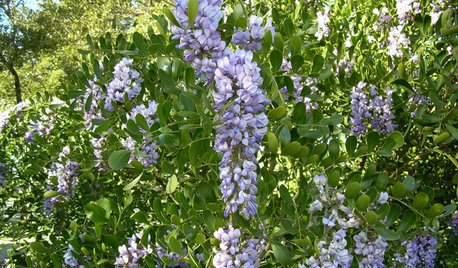
GARDENING GUIDESGreat Design Plant: Texas Mountain Laurel
An unusual scent and lush violet-blue blooms make this heat-loving plant a singular choice for your landscape
Full Story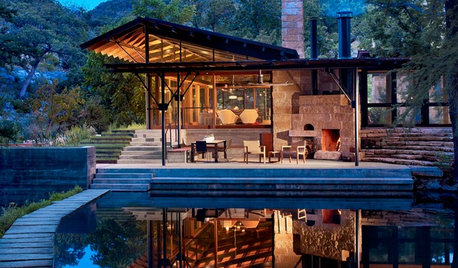
HOUZZ TOURSHouzz Tour: Texas Family Trades Traffic Noise for Frog Songs
Modern glass and stone structures hug two waterways on a sprawling Texas Hill Country compound
Full Story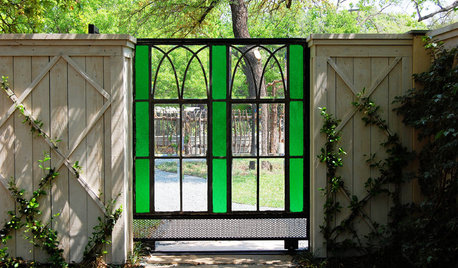
SALVAGEReinvent It: An Eclectic Texas Garden Grows From Creative Salvaging
Teardown pieces and upcycled finds turn a next-door lot into a garden brimming with vegetables and originality
Full Story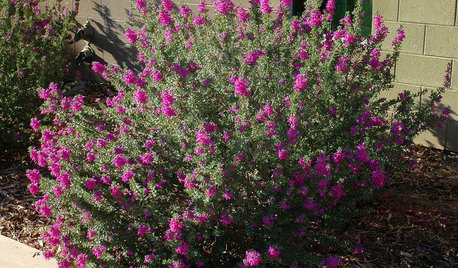
GARDENING GUIDESGreat Design Plant: Texas Ranger Explodes With Color
If purple is your passion, embrace Leucophyllum frutescens for its profusion of blooms and consider the unfussiness a bonus
Full Story




wisconsitom
averbisadverbera
Related Discussions
Opinions on Professional Landscape Design
Q
Need opinions and expertise on landscape bed
Q
How much attn do you pay to color when planning landscaping?
Q
Landscaping Q- yor opinion needed
Q
blissful_in_txOriginal Author
justintx
jqpublic
Iris GW
vancleaveterry
ken_adrian Adrian MI cold Z5
heptacodium
scotjute Z8
averbisadverbera
averbisadverbera
blissful_in_txOriginal Author
lou_spicewood_tx
quercus_macrocarpa
quirkyquercus
lou_spicewood_tx
alabamatreehugger 8b SW Alabama
quirkyquercus
alabamatreehugger 8b SW Alabama
lou_spicewood_tx
quercus_macrocarpa
justintx
justintx
vancleaveterry
austintreespecialist
justintx
dripdrip
lou_spicewood_tx
scotjute Z8
katrina1
MissSherry
kman04
lou_spicewood_tx
katrina1
kman04
Kelli Culpepper